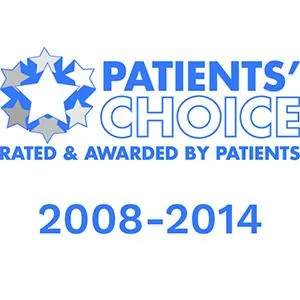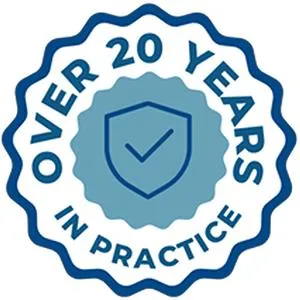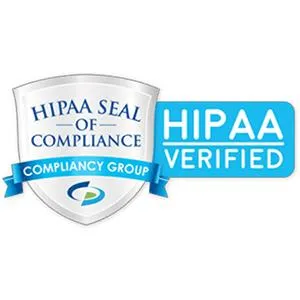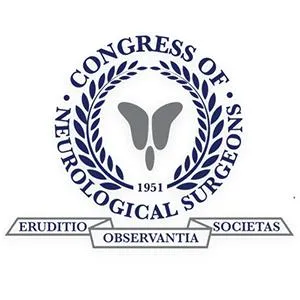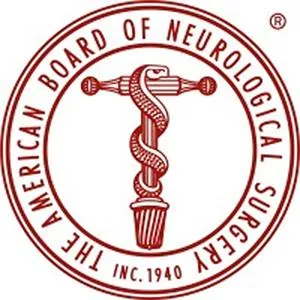Discectomy Procedures
Discectomy
Traditional Surgical Removal of Damaged Disc Material
A standard discectomy is the traditional open surgical method for removing a herniated disc fragment that is compressing the spinal cord or nerve roots. While minimally invasive techniques like Microdiscectomy are more common today, some patients still require or benefit from the standard approach. At Desert Spine and Pain, neurosurgeon Dr. David L. Greenwald, M.D., FAANS, FACS offers standard discectomy for cases where greater exposure is needed, ensuring maximum safety and thorough decompression.

Over 100 5-Star Reviews!

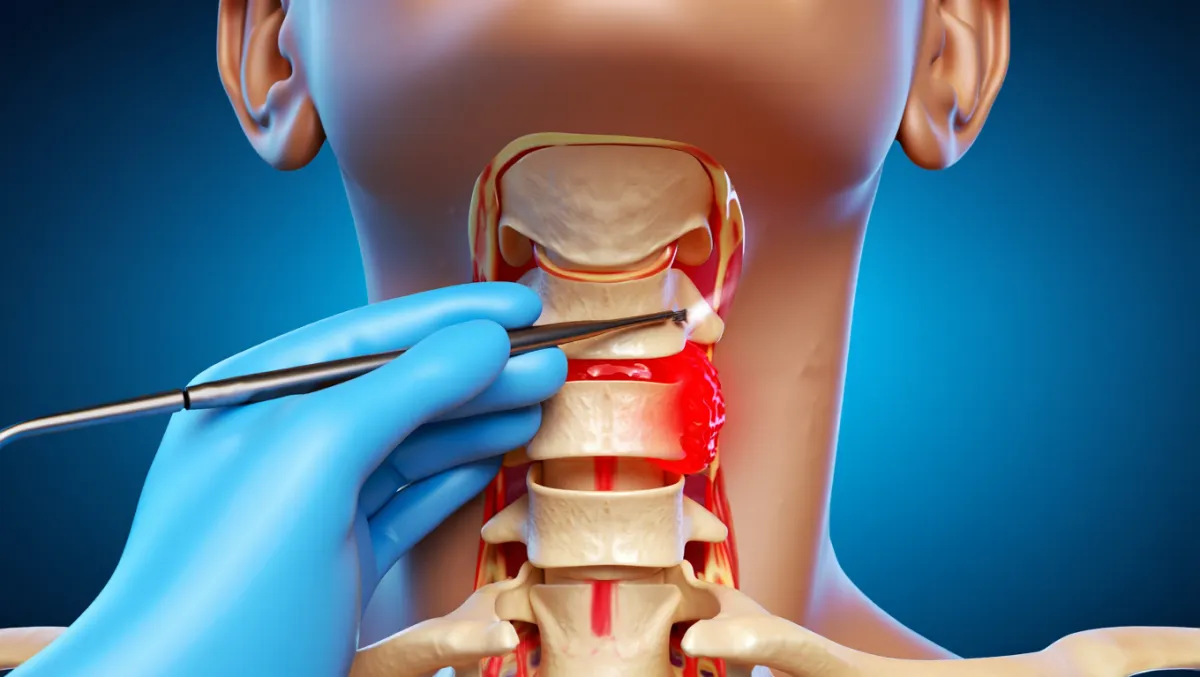
What Is a Discectomy?
In simple terms: A standard discectomy is performed through a larger incision in the back, giving the surgeon direct access to the herniated disc and nerves.
Scientifically: Standard open discectomy involves posterior midline incision, muscle detachment, laminectomy or laminotomy, and direct removal of herniated nucleus pulposus fragments. This approach provides wide exposure for visualization and decompression.
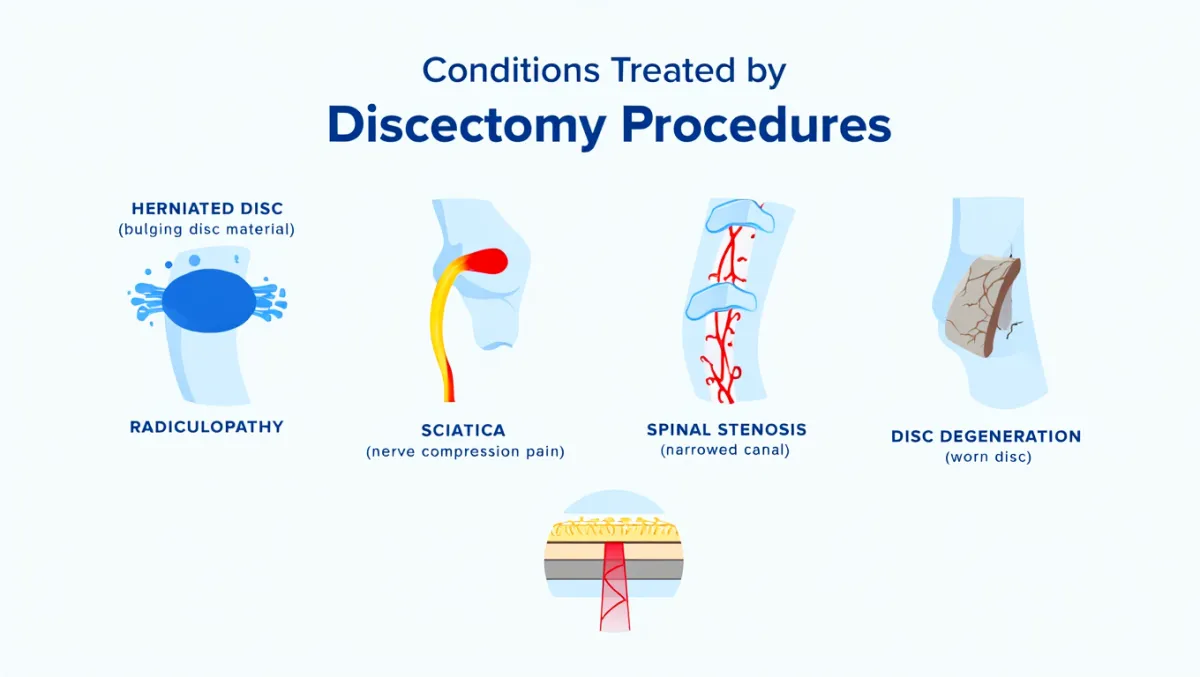
Conditions Treated
Large or complex herniated discs not suitable for MIS
Radiculopathy from nerve root compression
Spinal stenosis with significant bony overgrowth
Sciatica due to severe disc herniation
Failed prior MIS attempts or need for revision surgery
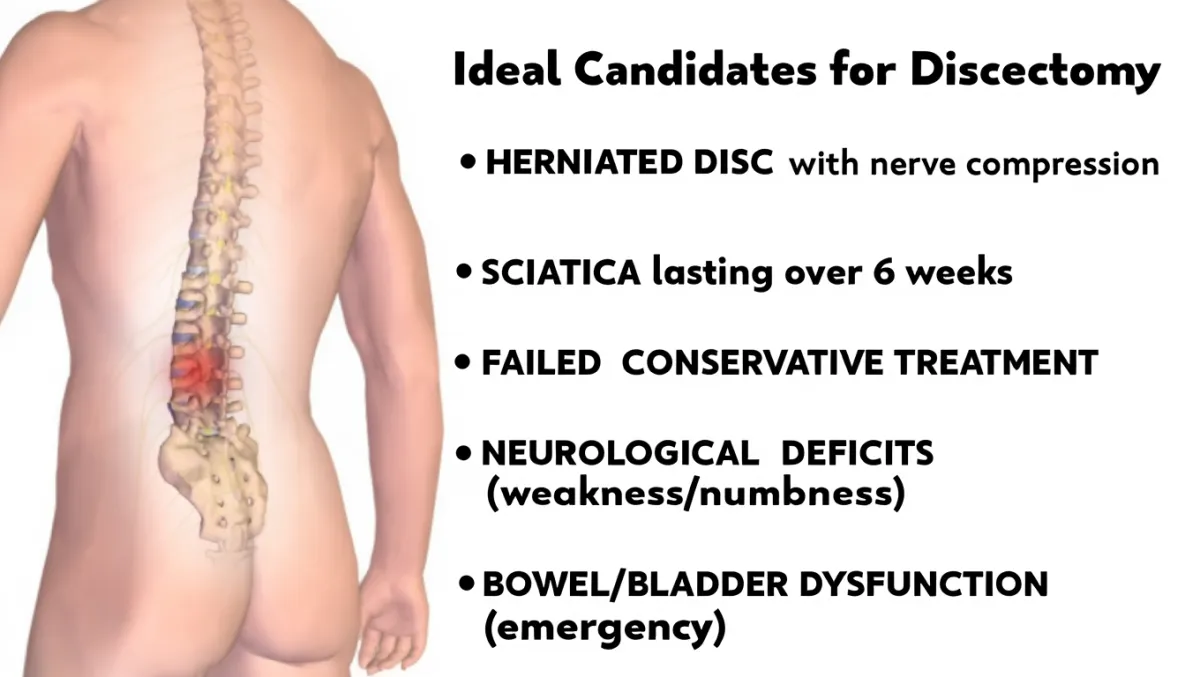
The Standard Discectomy Procedure: Step by Step
Plain-English Overview
Anesthesia & positioning: You’re asleep under general anesthesia, lying face down.
Incision: A midline incision (2–4 inches) is made over the affected level.
Muscle exposure: Back muscles are gently moved aside to expose the spine.
Bone removal: Part of the lamina is removed to access the disc and nerve.
Disc removal: The herniated disc material pressing on the nerve is removed.
Nerve decompression: The nerve is freed and confirmed to move normally.
Closure: The incision is closed; patients usually walk the next day.
Surgeon-Level Detail
Exposure: Posterior midline incision; paraspinal muscles dissected subperiosteally to expose lamina and facets.
Bony access: Hemilaminectomy or laminotomy performed; ligamentum flavum removed.
Nerve root mobilization: Dural sac and traversing root exposed and gently retracted.
Discectomy: Annulotomy performed; herniated nucleus pulposus fragments excised with pituitaries; annular defect inspected.
Final check: Ensure nerve root pulsation and decompression.
Closure: Layered closure with drains if needed; sterile dressing.
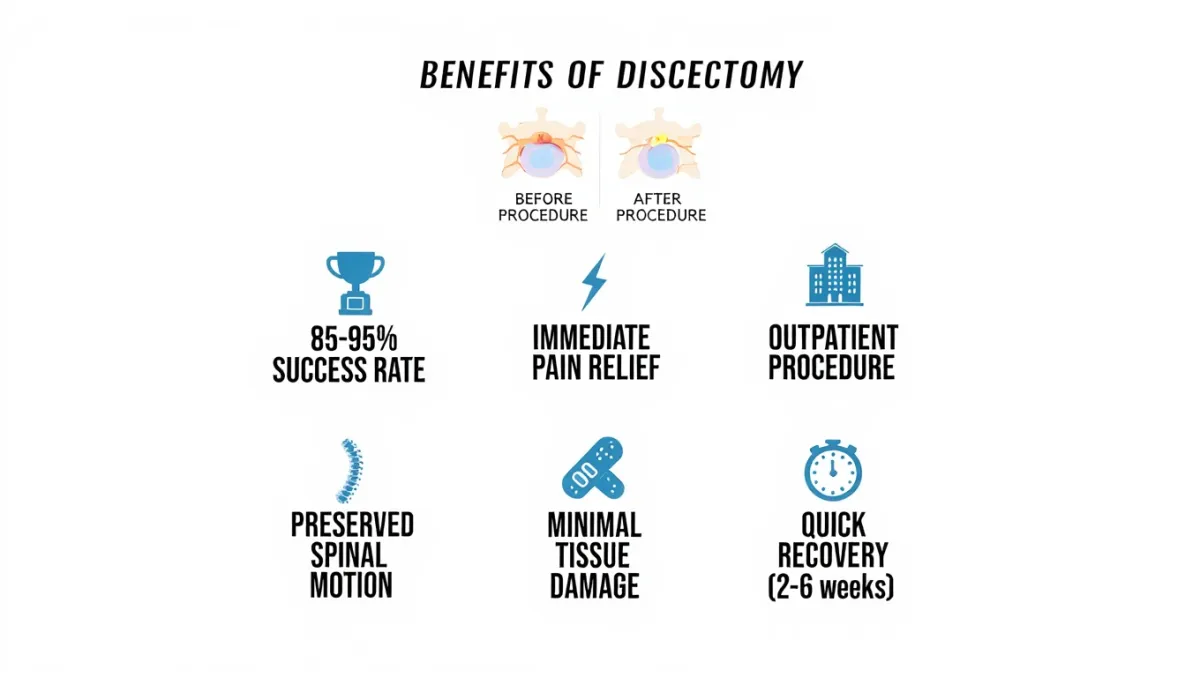
Benefits
Direct, wide exposure for complex or large herniations
Allows thorough decompression under direct vision
Reliable outcomes for nerve-related pain
Preferred in certain revision or complex cases
Risks & Limitations
Larger incision = more muscle disruption compared to MIS
Longer recovery time
Blood loss, infection, dural tear/CSF leak, or nerve injury (rare)
Risk of recurrent disc herniation (similar to MIS techniques)
Less cosmetic compared to minimally invasive methods
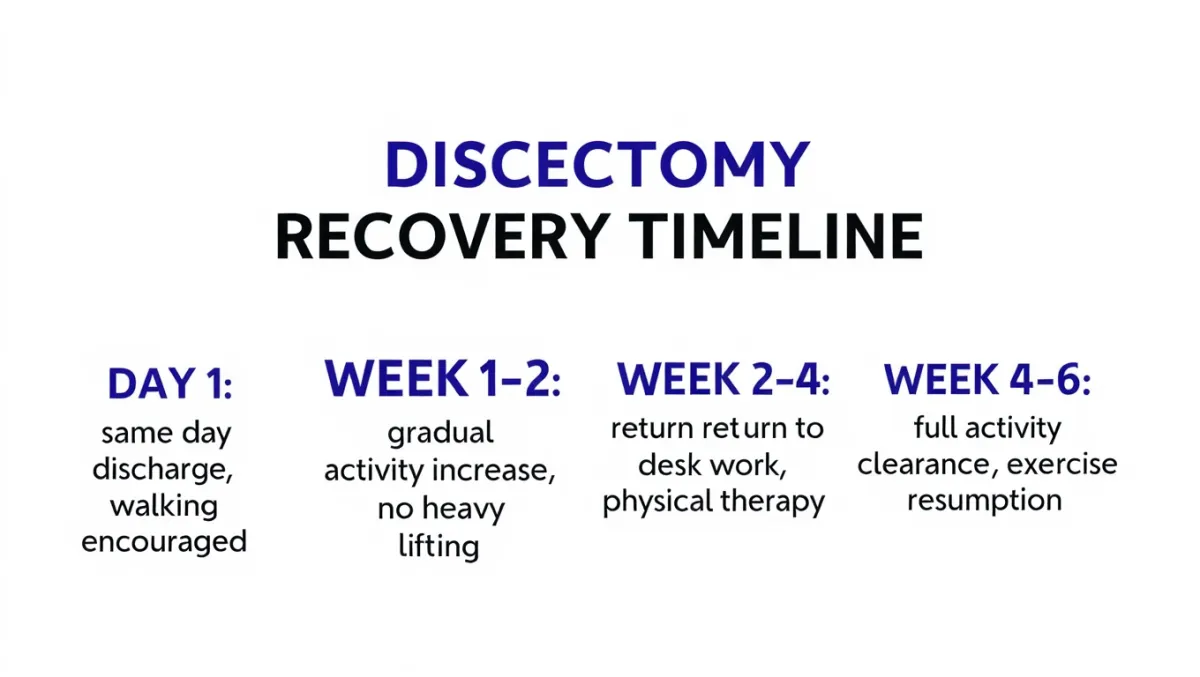
Recovery Timeline
Hospital stay: 1–2 days
Weeks 1–2: Wound healing; walking encouraged
Weeks 2–6: Gradual return to light work and activities
6–12 weeks: Structured PT; increased activity allowed
3–6 months: Most patients resume full activity; nerve healing continues
Why Choose Desert Spine and Pain?
Expert neurosurgeon: Dr. Greenwald is skilled in both traditional and minimally invasive approaches
Tailored care: We choose standard discectomy only when MIS isn’t the best option
Comprehensive support: From diagnostics to rehab, all under one roof
Conservative-first philosophy: Surgery only when it’s truly needed

Frequently Asked Questions
Why would I need a standard discectomy instead of a microdiscectomy?
Standard discectomy provides wider exposure, which may be necessary for large herniations, severe stenosis, or revision cases.
Is recovery longer than minimally invasive surgery?
Yes. Incision size and muscle disruption are greater, so recovery usually takes longer.
Will I still get pain relief?
Yes. Nerve pain often improves quickly, but recovery may be slower compared to MIS.
Can the disc herniate again?
Yes, recurrence is possible with any discectomy. If instability develops, fusion may be recommended.
How does Desert Spine and Pain perform standard discectomy differently?
We use meticulous technique, neurosurgical precision, and thorough aftercare to maximize safety and outcomes.
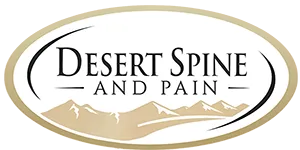

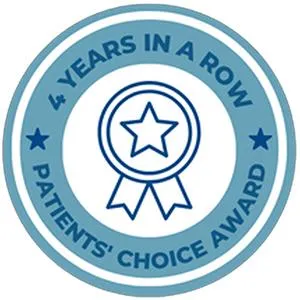
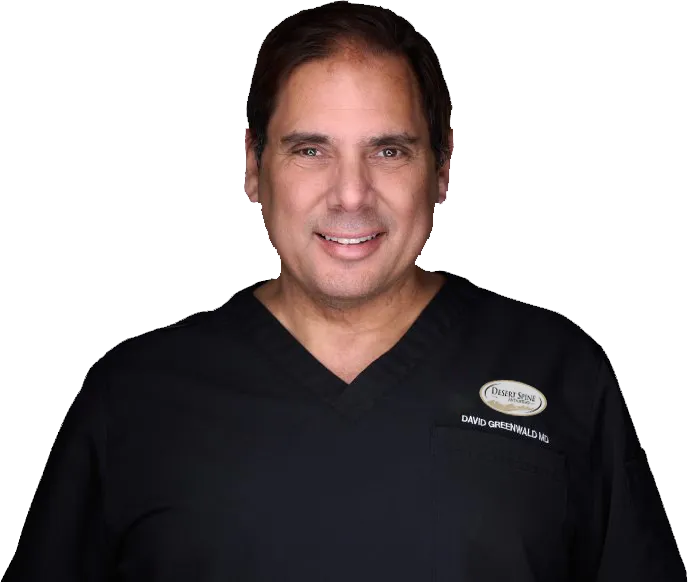
Dr. David L. Greenwald, MD
Neuro-Spine Surgeon
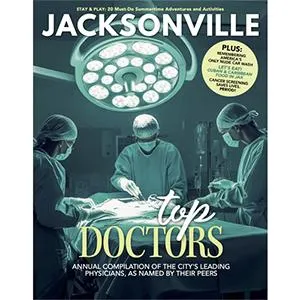
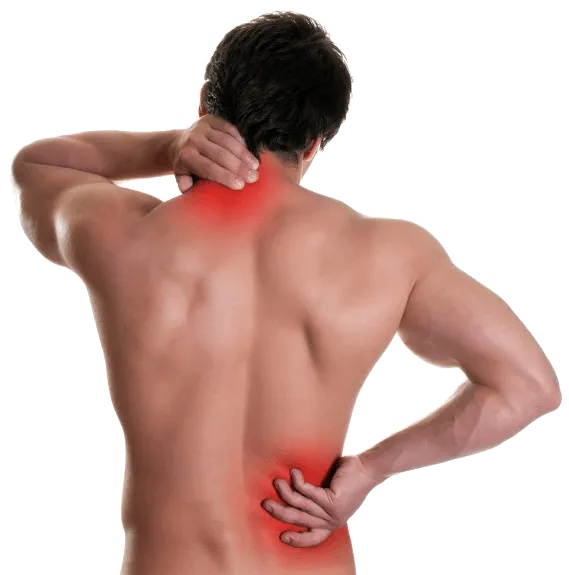
Call Now!
Desert Spine and Pain
A Spine Specialist is standing by.
Relief is just a phone call away!
Available Around the Clock.
Phone: (602) 566-9500
Email: [email protected]
Contact Us
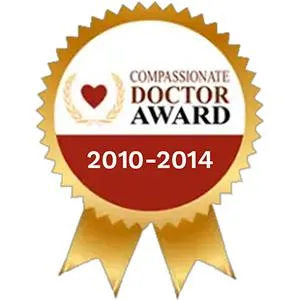
Book a Consultation.
If you’re suffering from persistent neck or back pain due to a herniated disc, a Discectomy may be the solution that brings lasting relief. Dr. Greenwald and his caring team will perform a comprehensive evaluation, review your imaging, and determine whether this procedure is right for your condition. Every step you take toward expert spine care brings you closer to reduced pain, restored function, and improved quality of life. Schedule your consultation today and learn how Dr. Greenwald’s expertise in discectomy surgery can help you move freely and live without pain.
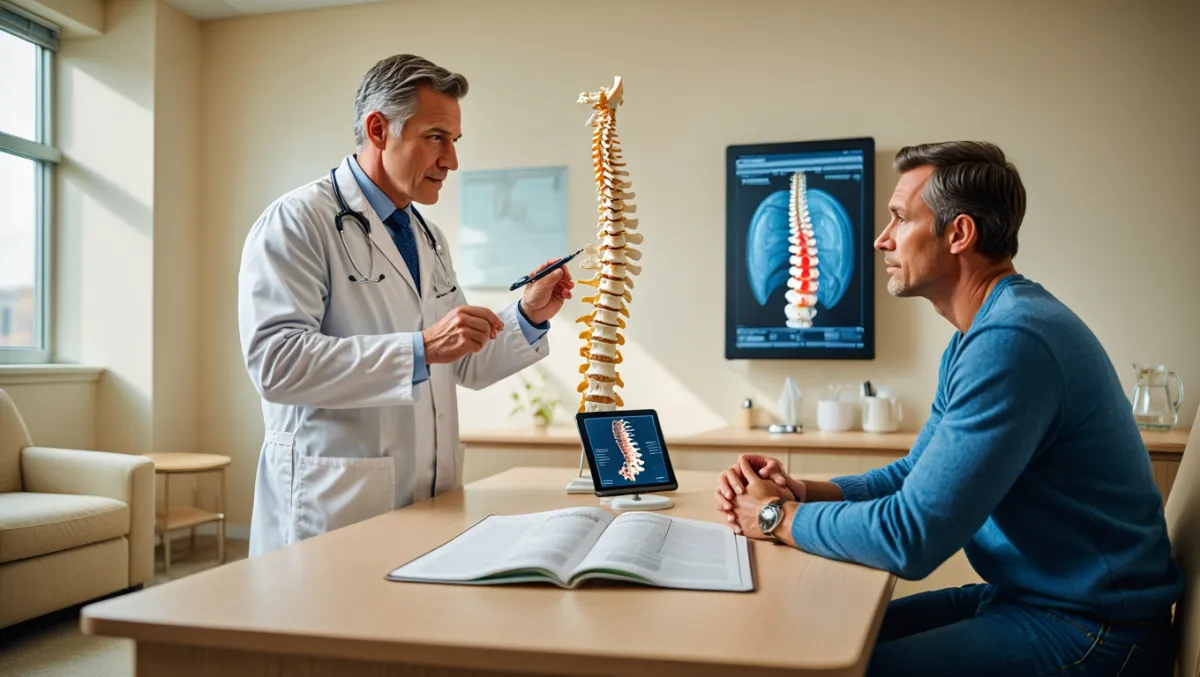
Voted Best Spine Doctor
Over 30 Years Experience in Orthopedic & Neuro Spine Surgeries.

Dr. David L. Greenwald, M.D., F.A.C.S.
Neurosurgeon | Spine Surgeon | Regenerative Medicine
Dr. David L. Greenwald, MD, FACS, is a board-certified spine surgeon with extensive expertise in Discectomy, a surgical procedure performed to remove the damaged portion of a herniated or bulging disc that is pressing on spinal nerves. This procedure effectively relieves nerve compression, reducing pain, numbness, and weakness that can radiate into the arms or legs. Dr. Greenwald specializes in both traditional and minimally invasive discectomy techniques, using advanced imaging and precision instruments to ensure optimal results with minimal tissue disruption and a faster recovery. Patients throughout South Florida trust Dr. Greenwald for his surgical skill, compassionate care, and commitment to restoring spinal health, comfort, and mobility.
Book your Spine Care Consultation Today!


Desert Spine and Pain
Patient Centered & Partner Focused
Quick Links
Resources
Connect With Us
© Desert Spine and Pain. 2025. All Rights Reserved. Sitemap





